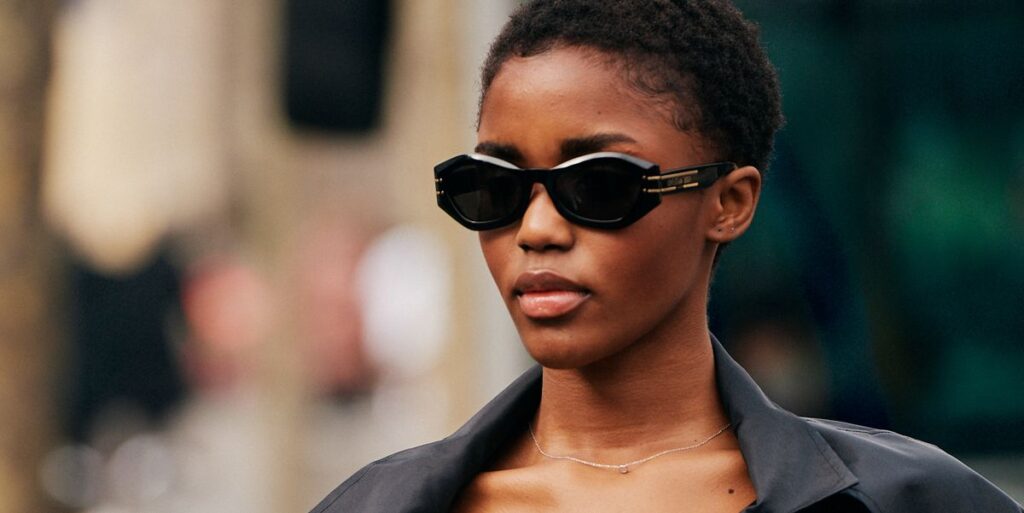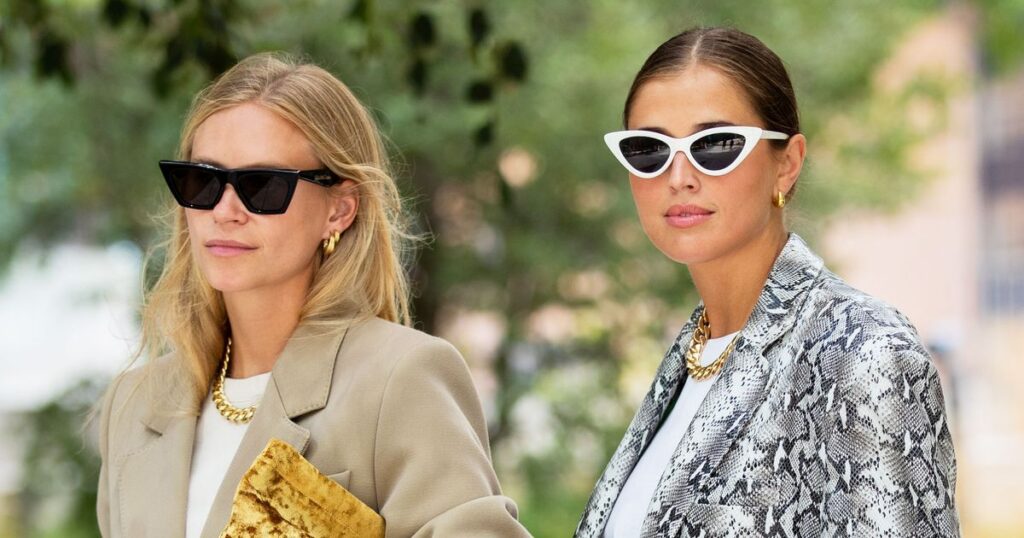Beach to Office: 5 Tips for Choosing Sunglasses for Every Occasion
Sunglasses are an absolute “must-have” accessory. In addition to looking beautiful and improving the appearance of any outfit, they protect the eyes from the sun. If we leave the house without sunglasses in the summer, our eyes will be strained and permanent damage may occur over time. In addition, wrinkles around the eyes will annoy us in the fall. So, even though they can look cool, their importance is far beyond just being a fashion accessory. Hence, the importance of choosing correctly.
Most of us have a couple of different types, but all of us have that one pair you never leave the house without. The ones that go with every outfit, the ones we feel most comfortable wearing. Those reading this article must have been searching for this type. Well, you’re at the right place, because Oscar sunglasses available at epocheyewear.com have plenty of choices to choose from. And with our tips, you’ll finish your purchase in no time.
Let’s take it from the top… things you should know when buying the right pair of sunglasses…
1. The best choice is made based on your skin tone, eye, and hair color

When browsing through articles online, or consulting with a professional most of them will claim that your face shape is the most important factor. The face is not the only factor that will determine how a certain type of glasses will fit you, skin tones, eye color and hair color also play a big role. Of course, the best choice is those frames that match all these features. Let’s break these factors down and give you some more details.
1. Skin tone: Regardless of skin tone, undertones are usually labeled as warm or cool. A cool complexion has blue or purple undertones, while a warm complexion has yellow or peach undertones. Olive tones are also cool tones because they are a mixture of blue and yellow.
2. Eye color: There are many variations in eye color, so blue can vary from almost purple to light gray. Those are warm colors. Brown eyes can have a light shade of red, which is a warm color, but they can also be dark brown, up to an almost black shade.
3. Hair Color: Hair color can also be viewed through the prism of warm and cool colors. Cool colors are blue, platinum, white, or gray, while warm colors are gold, brownish black, brownish blue, or dirty gray.
2. Frame is important for everyday wear
When you have determined whether you belong to warm or cool shades when it comes to skin, hair, and eyes, you can start choosing frames. Frame colors that go best with warm colors are gold, copper, orange, khaki, camel hair color, coral, white, red, blue, and tortoiseshell.
For cool colors, choose frames that contain black, silver, brown, bluish-gray, purple, magenta, pink hues, and jade and bluish tortoiseshell. Of course, you can choose to experiment and don’t apply this tip, but when it comes to everyday wear, you’ll make the most out of your purchase by following these.
3. Color and protection are two different things

It is easy to think that the color of the glasses is important, but in fact, it has nothing to do with UV protection. Although they can reduce glare to some extent, tinted windows are no indicator of better protection. Unlike UV protection, polarization can be determined with a simple trick. Put on your glasses and look at the computer screen. If the brightness of the screen increases and decreases while moving your head left and right, the glasses are polarized.
4. Quality and price
The quality often has nothing to do with the price. Choosing a frame has become more of a fashion choice than a health choice. What is important is that the glass has 100% protection against UV rays. Most of the time, all eyeglass lenses, regardless of whether it is a more expensive or a cheaper brand, are of sufficient quality.
5. Beware of fake UV protection labels

Summer souvenir shops often sell cheap glasses, and you might think they are a bargain since the lenses have a sticker with a UV protection label. However, labels are often deceptive, so check with your optician. Unfortunately, you cannot determine UV protection by looking at the glasses, you need to take them to a professional.
Being aware of these five things we’ve listed should help you purchase a perfect pair for every occasion. What is left to be said is that there are a variety of different types that you should choose according to your lifestyle.
Types of sunglasses
Classic sunglasses are the ones we wear every day while driving, walking around town, or sunbathing on the beach. They are not designed for more demanding activities, but they still effectively prevent the sun from disturbing us while we perform our daily activities.
Sports sunglasses are primarily intended for activities such as running, hiking, and cycling. They are usually made of light but durable materials and fit the face perfectly thanks to their specialized shape. On some sports sunglasses, it is possible to change the lenses so that the glasses can be used in different conditions.
And finally, ski goggles are intended primarily for skiers, but also for everyone who engages in winter sports. They are designed to protect against intense light at high altitudes, which is often reflected by snow.
Are more expensive sunglasses better?
Expensive does not necessarily mean better quality. On expensive sunglasses, sometimes you only pay for the brand. However, cheap off-the-shelf sunglasses will certainly not protect your eyes as well as they should.
Sunglasses that do not have UV protection will damage your eyes even more than not wearing them at all. Sunglasses reduce the intensity of light, due to which the pupil of the eye expands. If there is nothing to stop them, such an eye will receive even more UV rays.
